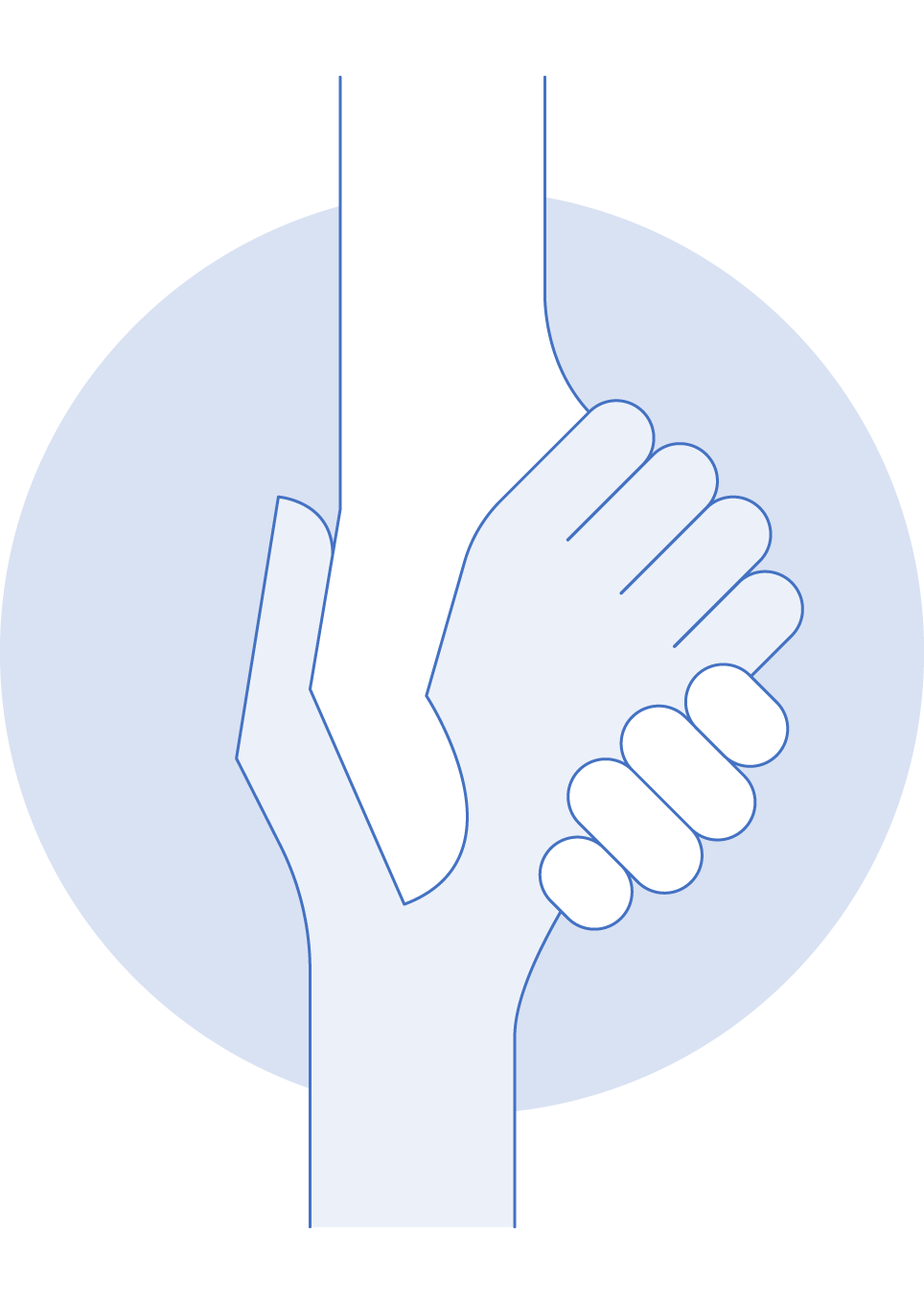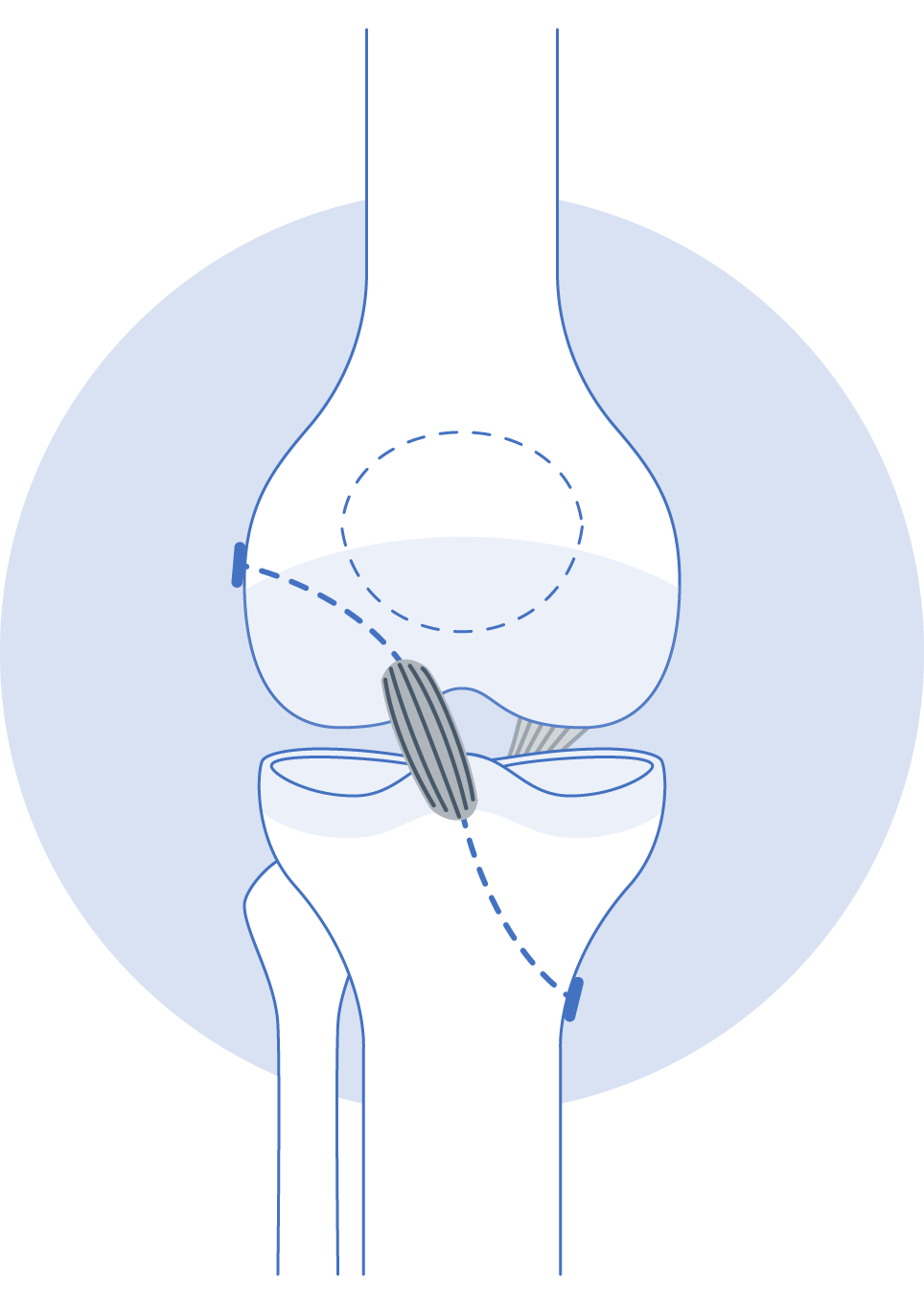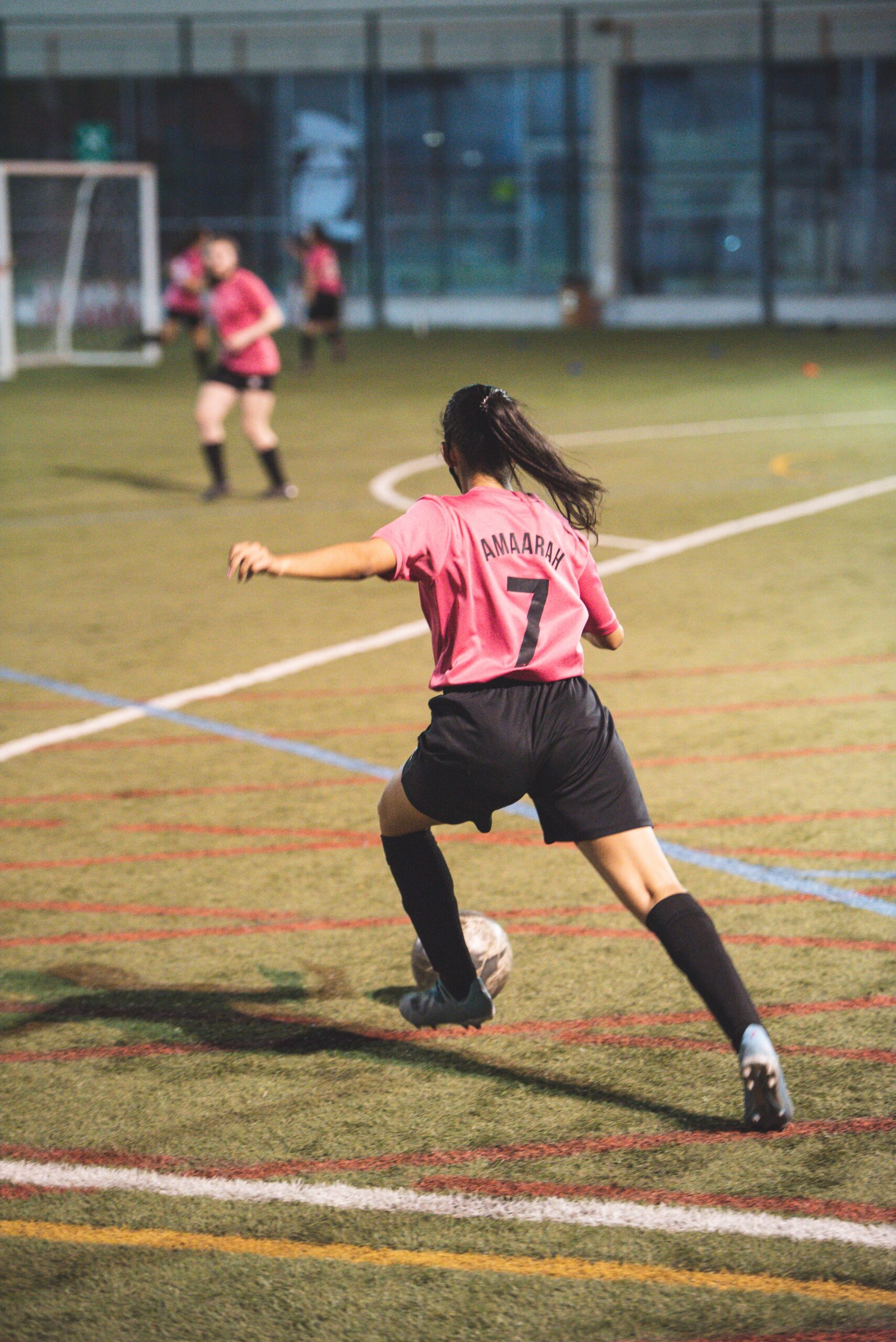

ACL RECONSTRUCTION
After ACL reconstruction there is a careful stepwise return to full activities and sport.
Your body will need time to heal the ligament reconstruction and rebuild physical strength and condition. Alongside this social support and your psychological wellbeing are also extremely important. A talk on the modifying factors that influence a return to sport can be found in my BLOG
After surgery a brace is only needed if you have had complex meniscal or cartilage surgery, or have a multi-ligament injury.
You should aim to have a specialist physiotherapist for 9 months to ensure that you are guided to achieve your goals.
Whilst the following are protocols and rehabilitation targets, these are adaptable around individual patient achievements and influenced by overall sporting ambitions.
First 2 weeks
The most important aspects of the initial recovery are controlling swelling in the knee, preventing muscle wasting, and working towards regaining full range of knee motion
- Full weight bearing as tolerated with crutches
- Knee elevation up to the level of the heart and full ankle movements to activate calf muscles
- Cryotherapy such as ice and cold presses to reduce inflammation, pain and swelling
- Bulky dressing can be reduced the next day, adhesive dressings are splashproof for careful washing/showering. Dressings can be touched and surrounding tissue massaged
- Start to work towards regaining full range of movement
- Active quads recruitment without resistance – push your knee down into the bed
- Active hamstring recruitment without resistance
- Multidirectional patella mobilisation
- Proprioceptive and balance exercises
- Core stability and gluteal hip exercises
- Contralateral leg exercises – there is evidence that working on the non-operative leg improves both legs
Weeks 2-6
All dressings should have been removed by 2 weeks.
When all surgical incisions have healed hydrotherapy can begin if required; it may be useful if there is difficulty with the gradual return of full knee range of motion over the first 8 weeks.
- Swelling is still common so continue elevation and cryotherapy
- Once normal gait (walking without a limp) has been achieved walking aids can be stopped, ensure core strength and gluteal muscles are controlling pelvic tilt and stability
- Continue to regain full range of movement especially once swelling has settled
- Scar massage can help to prevent adherence
- Multidirectional patella mobilisation
- Start on an exercise bike – initially resistance free and gradually build from there
- Closed chain quadriceps – double leg wall mini squats, sit to stand, single leg work, lunges (onto a step if PFJ pain problematic)
- Once quad control is achieved, open chain quad exercises are permitted – proven to help prevent a delay in strengthening. Start without resistance
- Proprioceptive work
Weeks 6-12
- Increased intensity with closed chain quads and gluts
- Gradually introduce controlled resistance in open chain quad exercises
- Resisted hamstrings from 8 weeks
- Ensure maximum range of movement including symmetrical deep flexion and hyperextension has been achieved. Often deepest flexion is missed.
- Start regular gym work (walking on a treadmill/rowing/spinning/step climber/leg press)
- Swimming – freestyle and backstroke legs, breaststroke best avoided as can create a pivoting moment in the knee
- Road cycling (adjust the seat height for comfort and remain seated, no peddle cleats)
- Light jogging on the spot or on a trampette
Weeks 12-18
- Continue fitness/ aerobic work
- Continue proprioceptive control work
- Commence impact work/running ONLY if full extension and good eccentric quads control (Start with straight line jogging only)
- Gradual increase impact work
- Unilateral on trampette, hops/lateral hops/ z hops/ landing/skipping
4-6 months
- If muscle strength and control is suitable, treadmill jogging can start and gradually build up in intensity
- Floormat dynamic movements such as backwards walking and jogging, cone slalom and wide turns progressing to tighter turns
6-9 months
- Sports specific training can begin and will be determined by individual goals
- Despite the knee feeling stable it is important not to start cutting or pivoting movements yet
- Downhill jogging
- Ball kicking
- Non-contact training sessions
- All swimming strokes with increasing distance and duration
9 months +
- Achieve 90% symmetry on strength and return to sport battery of tests if available
- Assessment of hamstring/quadriceps ratio
- Return to full competitive sport with a re-injury prevention warm-up programme

